Acne
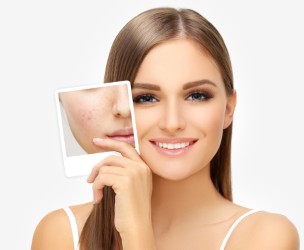
What is Acne?
Acne is a common skin condition that occurs when hair follicles become clogged with oil, dead skin cells, and sometimes bacteria. This results in the formation of pimples, blackheads, and cysts, primarily on the face, chest, back, and shoulders. Acne is most common during adolescence due to hormonal changes, but it can affect people of all ages.
Types of Acne
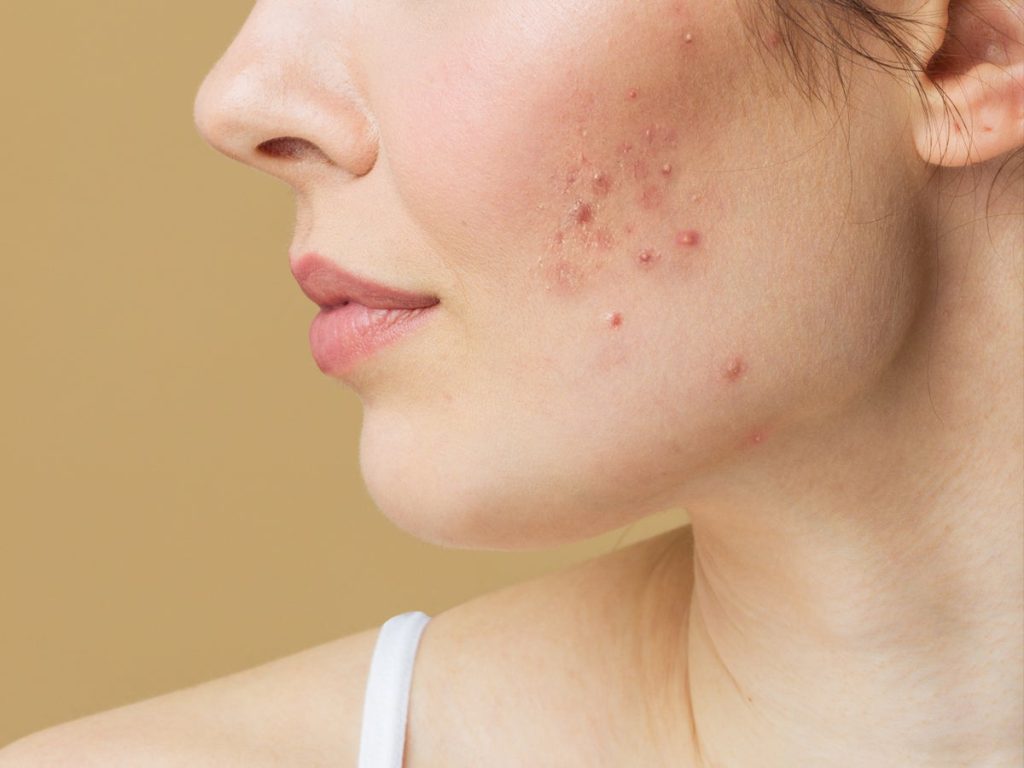
Comedonal Acne
- This type involves non-inflammatory blemishes such as whiteheads (closed pores) and blackheads (open pores).
Inflammatory Acne
- Inflammatory acne results from clogged pores becoming infected with bacteria, leading to redness and swelling. It includes:
- Papules: Small, red, tender bumps.
- Pustules: Similar to papules but filled with pus.

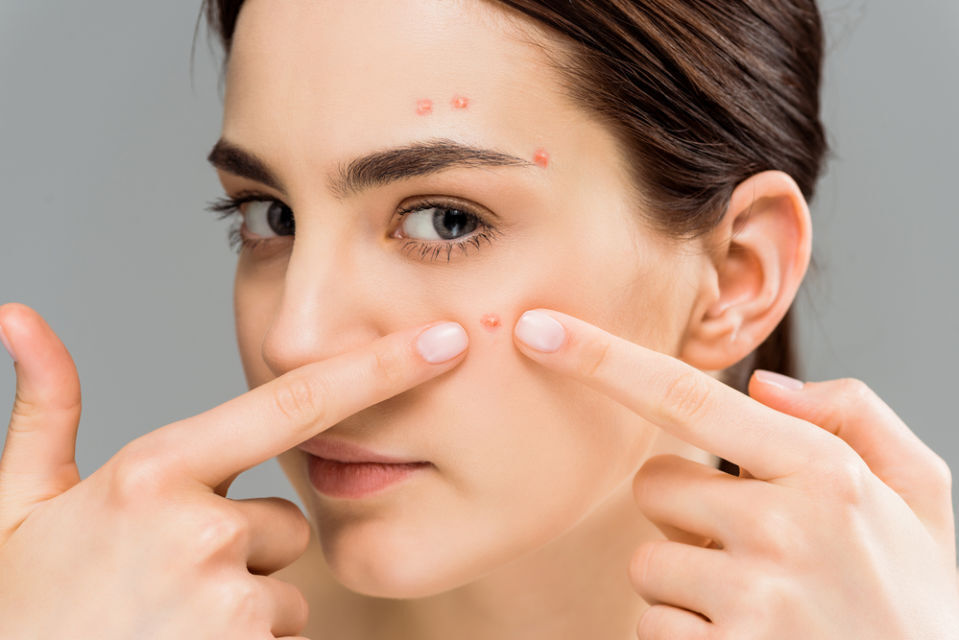
Nodular Acne
- This type involves larger, deeper, and more painful lumps beneath the skin.
- The most severe form of acne, cystic acne involves large, pus-filled cysts that can cause scarring. It’s typically painful and can take longer to heal.
- A rare, severe form of acne, often affecting the chest, back, and face. It involves large, interconnected nodules and abscesses, often leaving scars.
Treatment for Acne
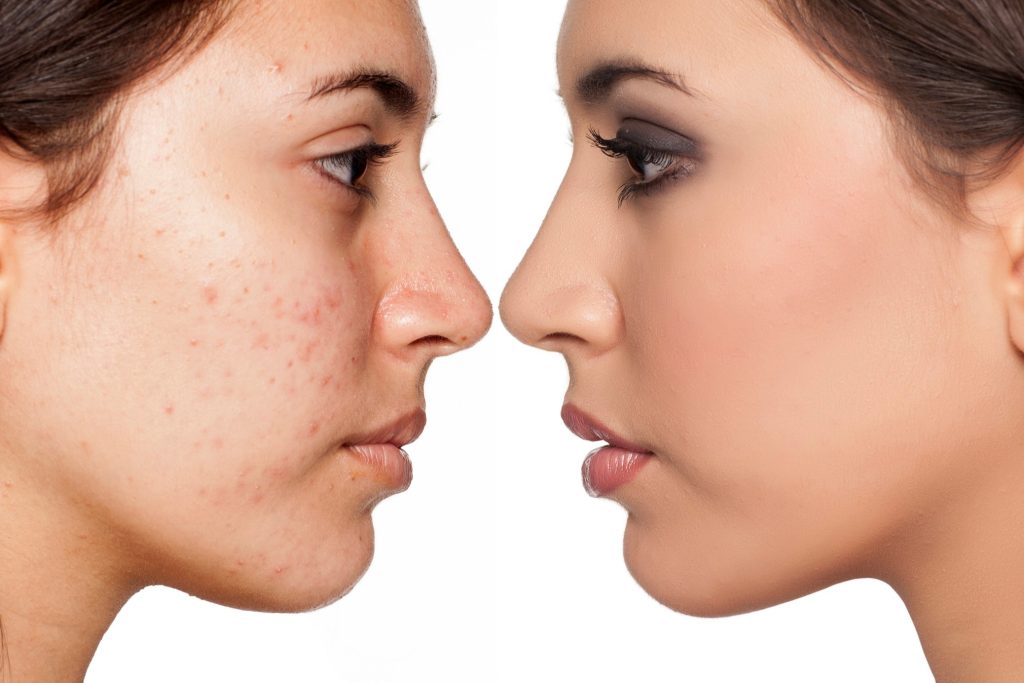
Prescription Treatments:
- Topical Antibiotics – Such as clindamycin or erythromycin to reduce inflammation and bacteria.
- Oral Antibiotics – Such as doxycycline, tetracycline, or minocycline to reduce bacteria and inflammation.
- Isotretinoin (Accutane) –A powerful oral medication often prescribed for severe cystic acne that is resistant to other treatments.
- Topical Retinoids - such as Tretinoin and Tazarotene to gently exfloate surface cells and prevent acne lasions.

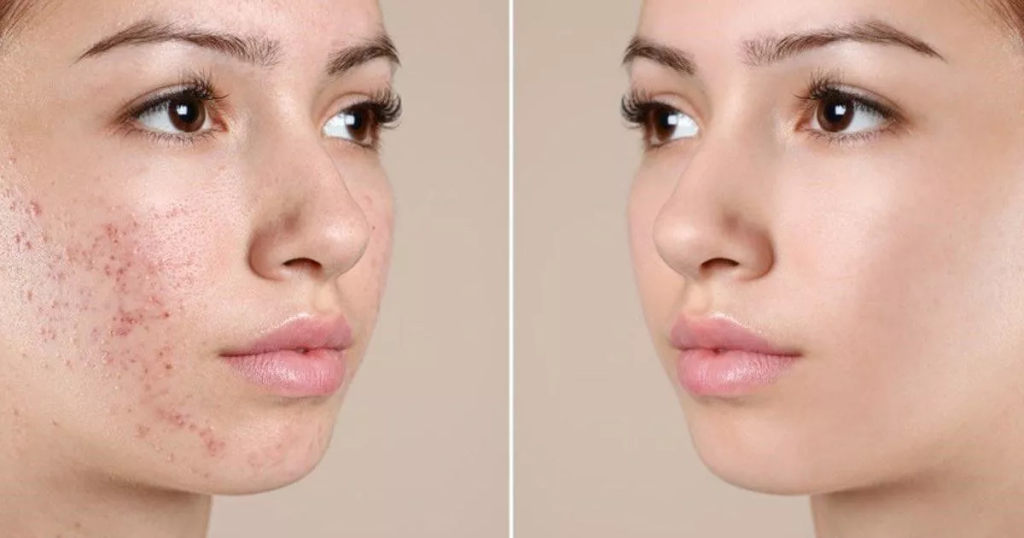
Other Treatments/Therapies
- Chemical Peels - Use of exfoliating agents to improve skin texture and reduce acne
- Laser and Light Therapy - Targets bacteria and reduces inflammation and oil production.
- Drainage and Extraction - For large cysts or pimples that are resistant to topical treatments
Preventing Acne
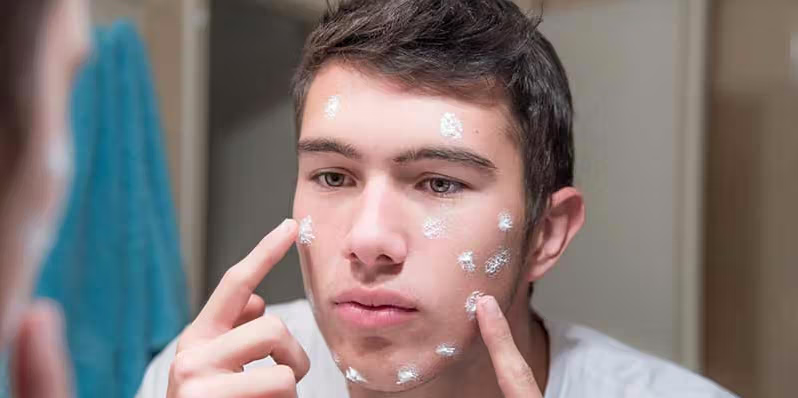
Maintain a Clean Skin Routine:
- Wash your face twice daily with a gentle cleanser to remove excess oil and dirt. Avoid over-washing, as this can irritate the skin and worsen acne.
- Avoid Touching Your Face: Touching the face can transfer oils and bacteria to the skin, leading to breakouts.
- Use Non-Comedogenic Products: Look for makeup, sunscreen, and moisturizers labeled “non-comedogenic,” meaning they won’t clog pores.
Maintain a Healthy Diet:
- While diet doesn’t directly cause acne, some studies suggest that high-glycemic foods (like sugary snacks) and dairy may exacerbate acne. Eating a balanced diet with plenty of fruits, vegetables, and whole grains can support skin health.

Manage Stress:
- Stress can increase the production of hormones like cortisol, which may trigger acne flare-ups. Practice stress-relief techniques like meditation, exercise, or deep breathing.
Avoid Squeezing or Popping Pimples:
- This can introduce bacteria into the pores and lead to scarring.
Sun Protection:
- Protect your skin with sunscreen to prevent further irritation or pigmentation changes from acne scars.
Improved Skin Texture
One of the primary benefits of microdermabrasion is its ability to improve skin texture. By removing the outer layer of dead skin cells, it reveals healthier, more vibrant skin beneath. This treatment can smooth rough patches, reduce the appearance of fine lines and wrinkles, and even out skin tone. It’s an excellent option for individuals seeking a quick and effective way to rejuvenate their skin without the need for extensive recovery time.
Improved Skin Tone and Clarity
Microdermabrasion is also highly effective for addressing uneven skin tone, including hyperpigmentation, age spots, and sun damage. By removing damaged skin cells and promoting the growth of new, healthy skin, it helps to diminish discoloration and promote a more uniform complexion. For those with acne scars or blemish-prone skin, microdermabrasion can enhance skin clarity by refining pores and reducing the appearance of post-inflammatory marks.
Combatting Acne and Blackheads
For patients with acne-prone skin, microdermabrasion can be a powerful treatment. It helps to reduce the appearance of acne scars and prevent future breakouts by clearing out blocked pores and removing excess oil and dead skin cells that contribute to acne formation Regular treatments can also help minimize the formation of blackheads, improving overall skin health. However, it’s essential to consult with us to ensure that microdermabrasion is appropriate for active acne.
Boosting Collagen Production
Another key benefit of microdermabrasion is its ability to stimulate collagen production. Collagen is a vital protein that helps keep skin firm, plump, and youthful. The gentle abrasion process encourages the skin’s natural healing response, leading to the formation of new collagen fibers. Over time, this can result in firmer, more youthful-looking skin, helping to reduce the appearance of sagging and fine lines
Minimal Downtime and Quick Results
One of the most appealing aspects of microdermabrasion is that it requires little to no downtime. Patients can typically return to their daily activities immediately after the procedure, although some may experience mild redness or a slight sensation of sunburn. Results can often be seen after just one treatment, though a series of sessions may be recommended for optimal improvement. Regular treatments can help maintain glowing, healthy skin and prevent the accumulation of dead skin cells that can dull the complexion.
Get in Touch
For any questions, please call us at the number below or fill out the form.4
Do Not Hesitate




